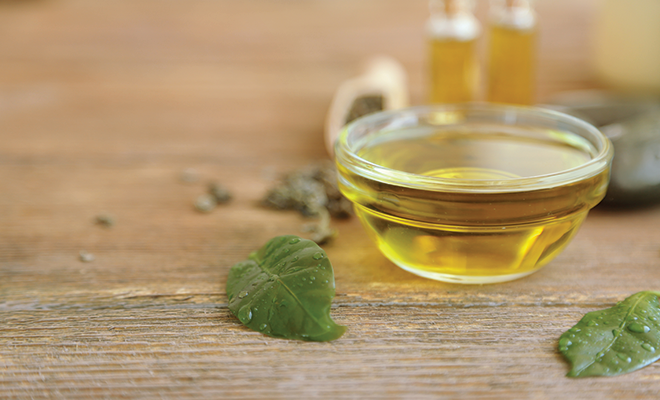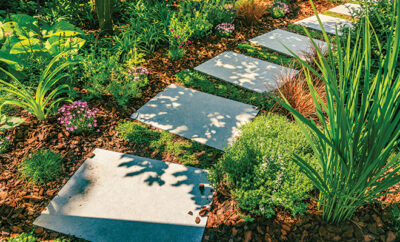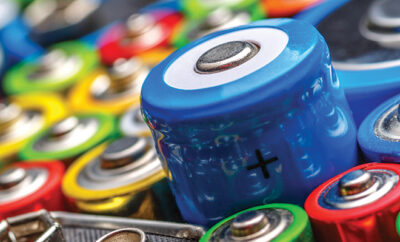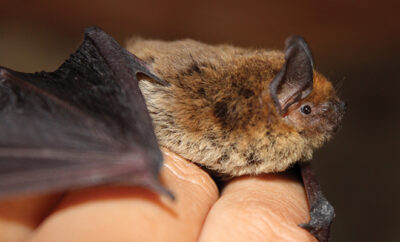
Breaking the Mold: Green Tips for Combating Mold and Mildew
If you’re a homeowner, the word “mold” can cause apprehension, worry and maybe even a little stomach rolling. But the reality is that mold has been part of our existence since the dawn of time.
It’s also important to keep in mind that not all molds are bad and, in fact, some are quite useful. Some forms of mold are used in the production of cheeses and others are used to make medications, such as the antibiotic penicillin.
Mold can be found anywhere; there are thousands of known species. The most common types that homeowners can identify with are the white molds, the furry-looking stuff we find on the leftovers that get lost in the abyss of the refrigerator, and black mold, stachybotrys chartarum, the dark-colored substance that requires professional eradication. Certain kinds of mold can cause people and pets to become sick, so finding the mold and figuring out whether it’s toxic is a very important task.
Molds are decomposers of organic material such as wood, animals and plants. Mold and their spores are found in high concentrations in piles of leaves, manure and compost. Mold can enter your home through doorways, windows, and air conditioning and heating vents. It is common for airborne mold spores to attach onto pets, shoes, clothes or bags. The mold spores will drop onto moist places, where they will continue to grow.
Mold is usually fuzzy in appearance and it can be many different colors, including blue, green, yellow, brown, gray, black or white. Mold also has a close relative, mildew, which usually grows in a flat pattern and may appear either powdery or downy. Like mold, mildew can also cause health problems, including respiratory issues and headaches. Unlike mold, mildew has no beneficial uses.
When eradicating mold and mildew, make sure your work area is well ventilated and wear a facial mask to prevent breathing in mold or mildew spores. Experts also advise wearing rubber gloves to protect hands from mold and mildew as well as from the cleaning product being used. Here are some green ways to get rid of pesky mold and mildew:
Vinegar Spray
White vinegar is a delightfully versatile household item that not only cleans but can also be used as a mold preventive. Use vinegar to clean your home on a regular basis; it’s especially good for mopping the floors and wiping down shower stalls every week.
Straight vinegar reportedly kills 82 percent of mold and it is an affordable and non-toxic way to wage war on mold and mildew. Pour some white distilled vinegar straight into a spray bottle, spray on the moldy area and let the mixture soak for a while without rinsing.
Tea Tree Oil
Tea tree oil, Melaleuca alternifolia, is an essential oil found in health food stores. This oil has many uses including being effective in eradicating mold. Tea tree oil does have a strong smell and it’s a bit more expensive than vinegar, but is widely available. Make a natural spray by mixing two teaspoons of tea tree oil with two cups of water in a spray bottle. Shake to blend and then spray on the problem areas in your home without rinsing.
Grapefruit Seed Extract
Grapefruit seed extract can also be found at health food stores and, unlike tea tree oil, it has a minimal odor that’s refreshingly citrus. The best recipe for using this extract for mold removal is to add twenty drops of grapefruit seed extract to two cups water and shake to blend. Spray on the affected area and let dry.
Prevention of mold is on the mind of every homeowner but ,unfortunately, there is no way to completely get rid of mold spores. However, with these tips you can greatly reduce the chance that there will be mold growth in your home and do so in an environmentally friendly way. ■
Sources: blackmold.awardspace.com, familyhandyman.com, homeguides.sfgate.com and mold-advisor.com.







